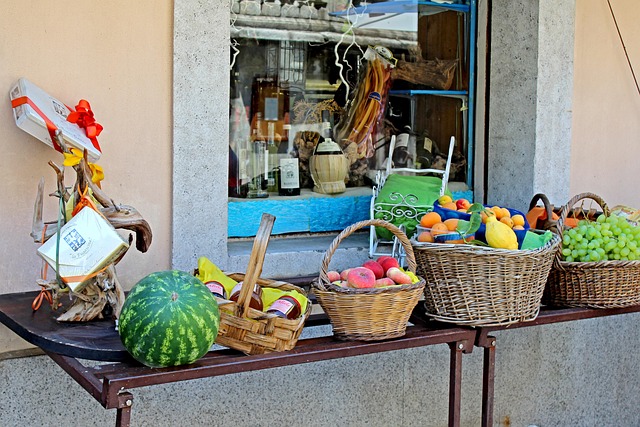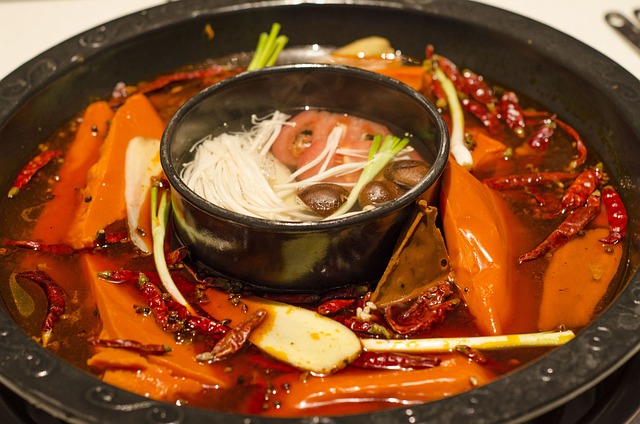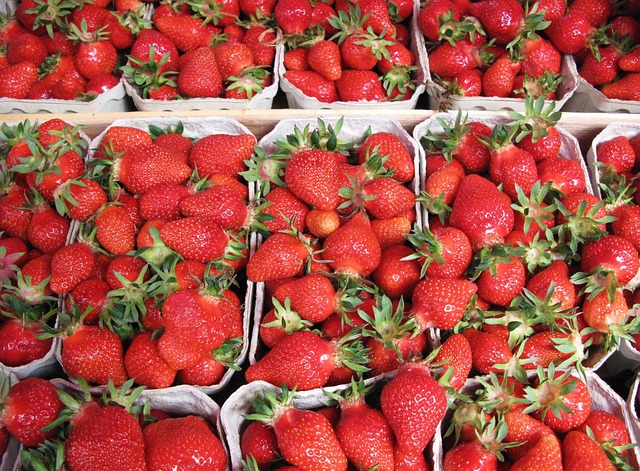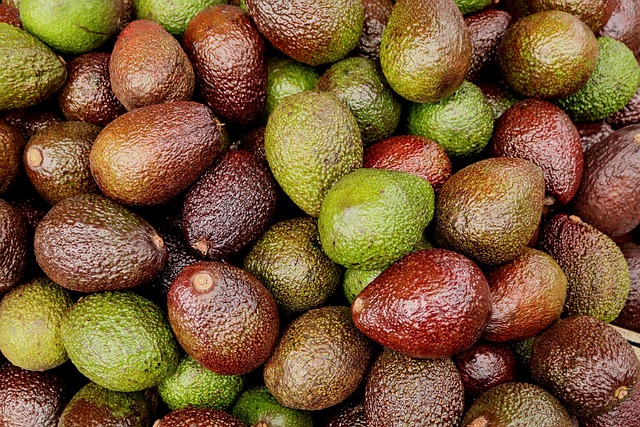Category: Local Food Delivery and Meal Preparation
Local Food Delivery: Revolutionizing Farm-to-Table Meal Preparation Services

Farm-to-table meal prep services are transforming the food industry by promoting local food delivery…….
Revolutionizing Local Food Delivery: Subscription Boxes for Easy Meal Preparation

Meal subscription boxes are revitalizing local food delivery by offering convenient, curated ingredi…….
Personalized Nutrition: Customizable Meals for Fitness through Local Delivery
Local Food Delivery: Revolutionizing Meal Preparation for Busy Lives

The local food delivery scene has undergone a significant transformation, driven by changing consume…….
Personalized Nutrition: Customizable Meals for Fitness Through Local Delivery
Optimize Meals: Efficient Grocery Shopping & Local Food Delivery for Prep

Meal planning is a strategic approach that organizes meals in advance, offering balance, time saving…….
Optimizing Senior Care: Local Food Delivery and Meal Preparation Programs

Meal delivery programs tailored to seniors are gaining popularity by addressing mobility and cooking…….
Transforming Local Food Delivery: Creative Meal Prep Subscriptions

Meal subscription boxes are transforming local food delivery by offering curated, ready-to-cook meal…….
Local Food Delivery & Meal Prep: Enhancing Senior Living Choices

Meal delivery programs focused on local food delivery are gaining popularity among seniors as a conv…….


